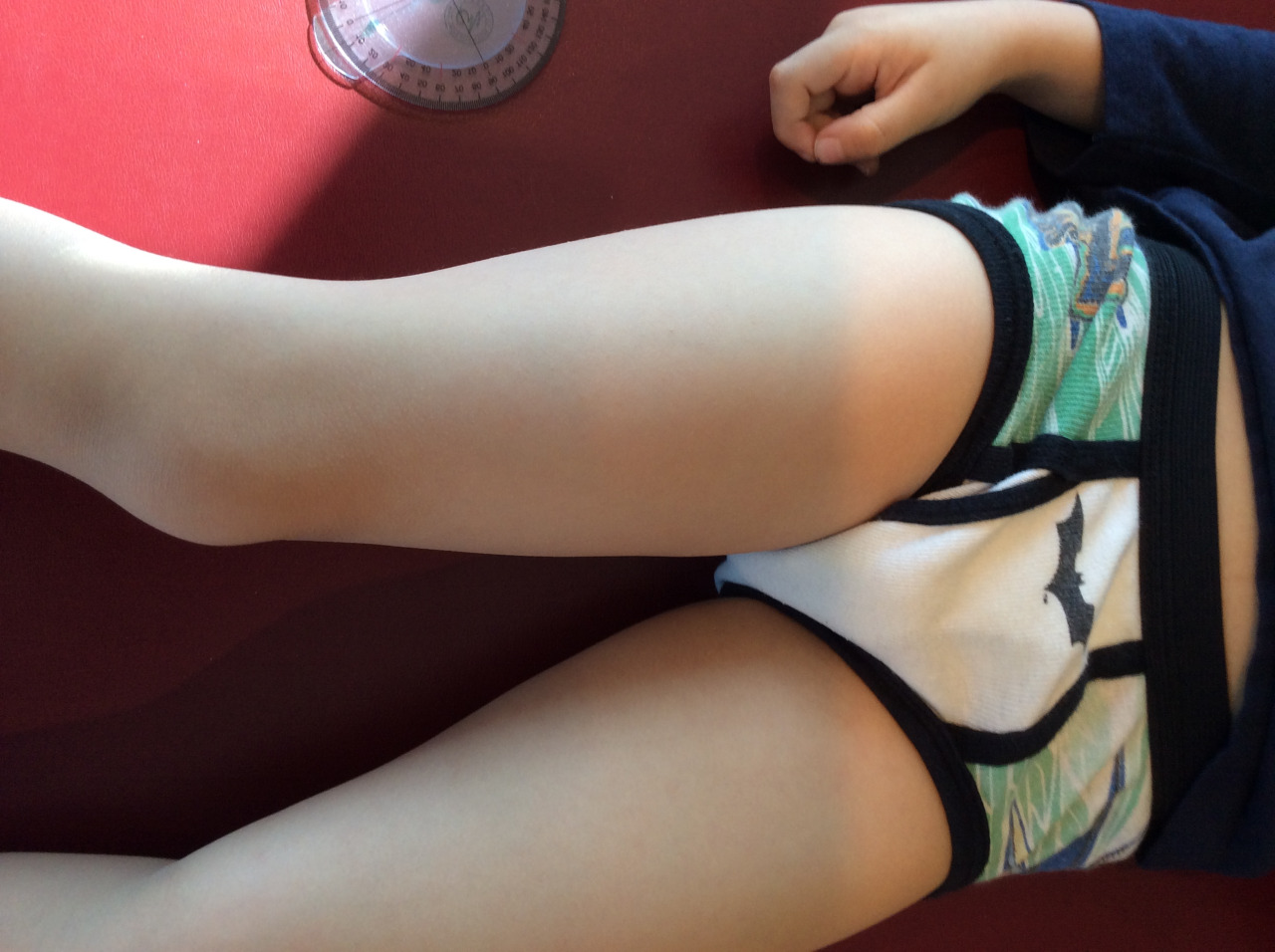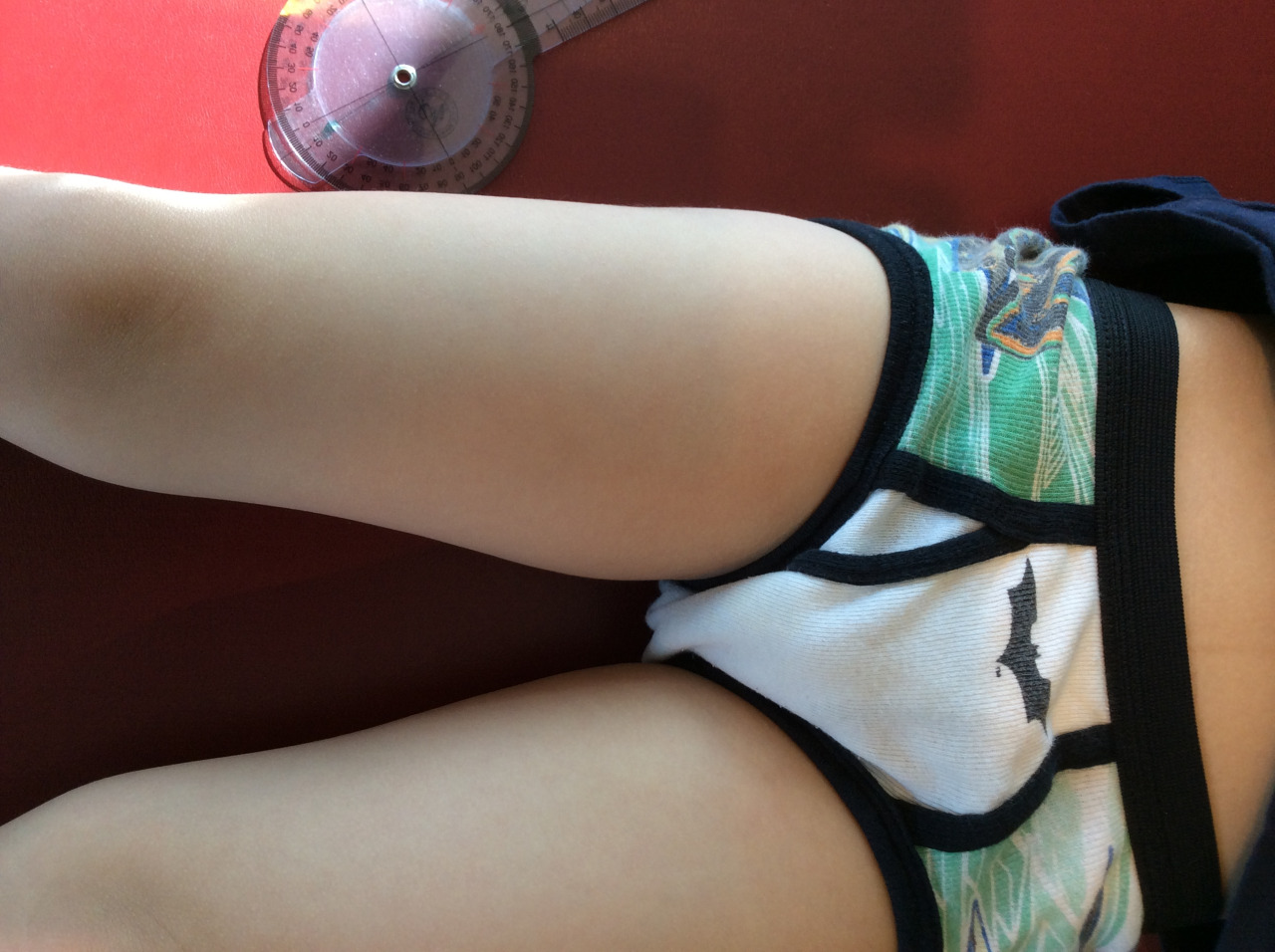Remember this kiddo?
We have been following the natural development of this little guy for some time now. For a review, please see here (1 year ago) and here (2 years ago) for our previous posts on him.
In the top 2 shots, the legs are neutral. The 3rd and 4th shots are full internal rotation of the left and right hips respectively. The last 2 shots are full external rotation of the hips.
Well, what do you think now?
We remember that this child has external tibial torsion and pes planus. As seen in the supine photo, when the knees face forward, the feet have an increased progression angle (they turn out). We are born with some degree / or little to none, tibial torsion and the in-toeing of infants is due to the angle of the talar neck (30 degrees) and femoral anteversion (the angle of the neck of the femur and the distal end is 35 degrees). The lower limbs rotate outward at a rate of approximately 1.5 degrees per year to reach a final angle of 22 degrees….. that is of course if the normal de rotation that a child’s lower limbs go through occurs timely and completely.
He still has a pronounced valgus angle at the the knees (need a review on Q angles? click here). We remember that the Q angle is negative at birth (ie genu varum) progresses to a maximal angulation of 10-15 degrees at about 3.5 years, then settles down to 5-7 degrees by the time they have stopped growing. He is almost 4 and it ihas lessend since the last check to 15 degrees.
His internal rotation of the hips should be about 40 degrees, which it appears to be. External rotation should match; his is a little more limited than internal rotation, L > R. Remember that the femoral neck angle will be reducing at the rate of about 1.5 degrees per year from 35 degrees to about 12 in the adult (ie, they are becoming less anteverted).
At the same time, the tibia is externally rotating (normal tibial version) from 0 to about 22 degrees. He has fairly normal external tibial version on the right and still has some persistent internal tibial version on the left. Picture the hips rotating in and the lower leg rotating out. In this little fellow, his tibia is outpacing the hips. Nothing to worry about, but we do need to keep and eye on it.
What do we tell his folks?
- He is developing normally and has improved significantly since his original presentation to the office
- Having the child walk barefoot has been a good thing and has provided some intrinsic strength to the feet
- He needs to continue to walk barefoot and when not, wear shoes with little torsional rigidity, to encourage additional intrinsic strength to the feet
- He should limit “W” sitting, as this will tend to increase the genu valgus present
- We gave him 1 leg balancing “games” and encouraged agility activities, like balance beam, hopping, skipping and jumping on each leg individually
We are the Gait Guys, promoting gait and foot literacy, each and every post.





















